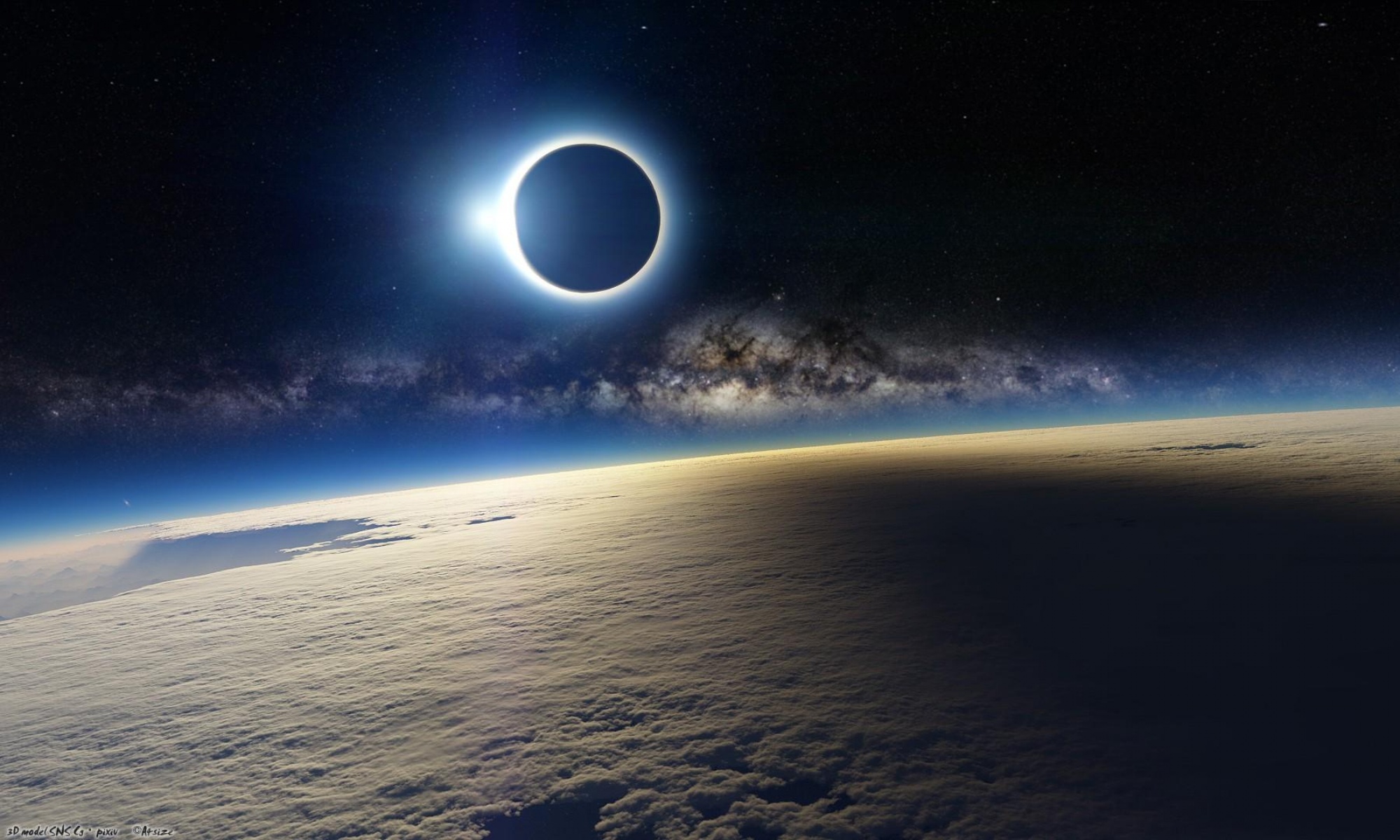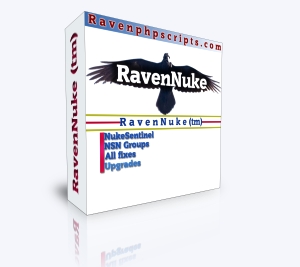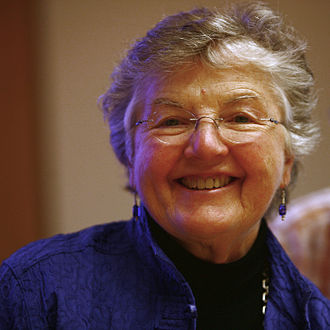On April 11, 2017, I began the processes of switching out my old RavenNuke CMS ver 2.5.1 (circa 2007-2017) on codyg.ca, for a brand new WordPress 4.7.3, with a 2017 theme. The surprising thing was that the old CMS had lasted this long, but I wasn’t using it much, as I had gone over to FB by 2009. I loved the procedural php that was from those days of old! So there it was. However, this year has become a WP banner year for me and I have instantiated more than a half dozen new sites since Christmas. I’m on a roll.
Over the next few weeks, I will massage the old tables into new tables. I will add old and new content, fix styles, and create some new galleries. I will finesse. For your part, when revisiting a page, depending on your browser settings, do make full use of your refresh button. After the rebuild is complete the plan is to test a few homegrown plugins and integrate my posts on both FB and my own blog. Stay tuned.
And, as always, I give candy for bug identifications.
Hugs all round,
Catherin (Cody) Gregory


